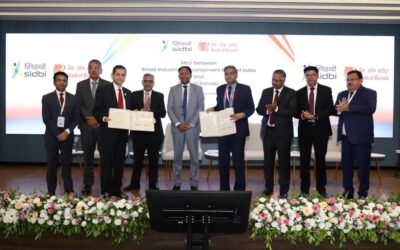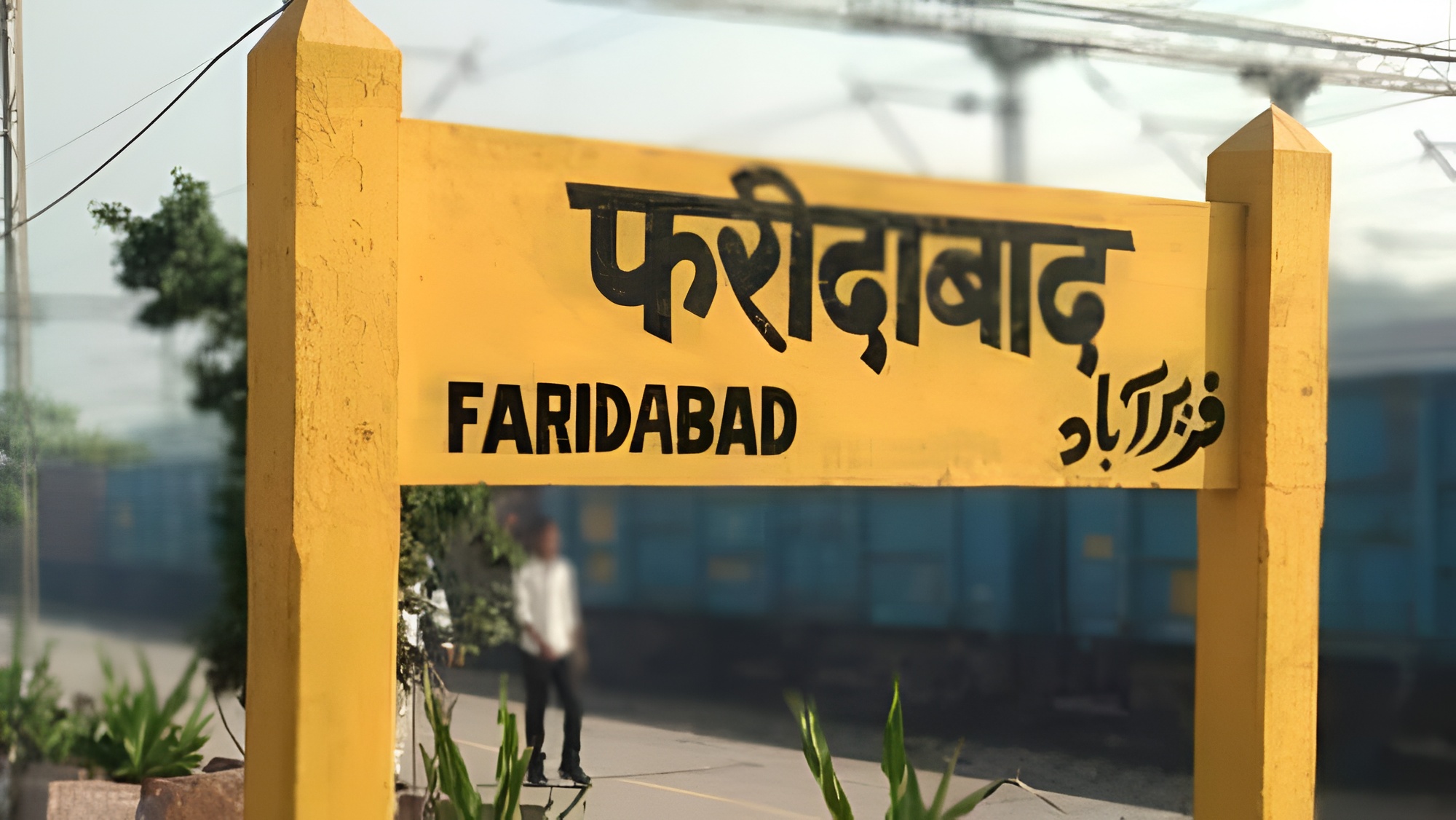Singapore: Building Scale through Systems, Not Size

In the global map of enterprise, Singapore occupies a unique place – a small nation with a large sense of purpose. Its story isn’t one of size, but of structure.
Over the decades, Singapore has transformed from a trade port into one of the world’s most efficient business ecosystems, powered not by industrial giants but by a network of agile, innovative small and medium enterprises. For countries like India, Singapore’s SME journey offers more than inspiration, it offers a blueprint.
The System Behind Success
Singapore’s SME strength lies in one word: ecosystem. The city-state didn’t wait for SMEs to emerge organically; it engineered their growth through a combination of policy, precision and partnership.
The government recognized early that small enterprises could not thrive in isolation. They needed access to technology, finance and international markets and they needed institutional bridges to get there. Agencies like Enterprise Singapore (ESG) and SkillsFuture Singapore (SSG) were established to make these bridges permanent.
ESG’s role goes far beyond funding. It mentors SMEs to become globally competitive, guiding them on productivity, brand building and overseas expansion. Its Market Readiness Assistance (MRA) grants help SMEs defray the costs of entering foreign markets, while Productivity Solutions Grants (PSG) subsidize technology adoption. These are strategic levers designed to make capability building habitual, not aspirational.
The Culture of Capability
Singapore’s SMEs reflect a mindset that is as disciplined as it is ambitious. The national culture of continuous learning and measured innovation has created what might be called the “capability-first economy.”
Instead of chasing valuation, Singaporean SMEs chase validation of quality, process and customer trust. Every enterprise, regardless of scale, is expected to demonstrate compliance, governance and innovation readiness. This culture is reinforced through SkillsFuture, which provides lifelong learning credits to employees and ensures that workforce capability evolves alongside business capability.
In India, where many SMEs struggle to bridge the gap between traditional operations and digital ambition, this focus on structured upskilling is instructive. Singapore treats workforce learning as a national infrastructure, as essential as ports or power grids.
Global Thinking, Local Strength
Another defining feature of Singapore’s SME policy is its “go-global-from-day-one” mindset. With a domestic market too small to sustain scale, Singaporean SMEs were compelled to think beyond borders. Government-backed initiatives such as Global Innovation Alliance and Enterprise Development Grant (EDG) have given SMEs structured pathways to enter ASEAN, India, China and Europe.
This export-first discipline has created SMEs that operate with global benchmarks but local agility. They are small in size, but global in systems from logistics and marketing to compliance and sustainability.
For Indian policymakers, the lesson is clear: export promotion must start at the policy design stage, not as a post-facto incentive. SMEs that think global from inception build processes that withstand competition, rather than react to it.
Lessons for India’s Policymakers
Singapore’s SME playbook holds three valuable lessons for India’s regulatory ecosystem:
- Integrate, don’t isolate. SME policy must connect finance, skill, innovation and export into one continuum. Fragmented support leads to fragmented outcomes.
- Reward compliance as competitiveness. Make quality certification, ESG reporting and digital adoption gateways to incentives, not administrative burdens.
- Institutionalize mentorship. The state can enable, but the ecosystem must guide. Public-private partnerships for SME capacity building – like Singapore’s Industry Transformation Maps – ensure continuity and credibility.
India has already taken steps in this direction through initiatives like ZED certification, Digital MSME and ODOP (One District One Product), but Singapore’s model shows how coherence, not scale, drives success.
The SME Communities Perspective
Singapore’s SME story is not a tale of exceptional entrepreneurs; it’s a tale of an exceptional environment. It proves that when systems are predictable, policies are transparent and learning is lifelong, small enterprises can achieve global stature without losing local identity.
For India, the takeaway is both simple and profound: our SMEs don’t need to be bigger to be better, they need to be better structured to become bigger.
Because in the end, nations that build their future on the strength of their SMEs aren’t just empowering businesses, they are future-proofing belief. And in that, Singapore offers not just lessons, but leadership.











